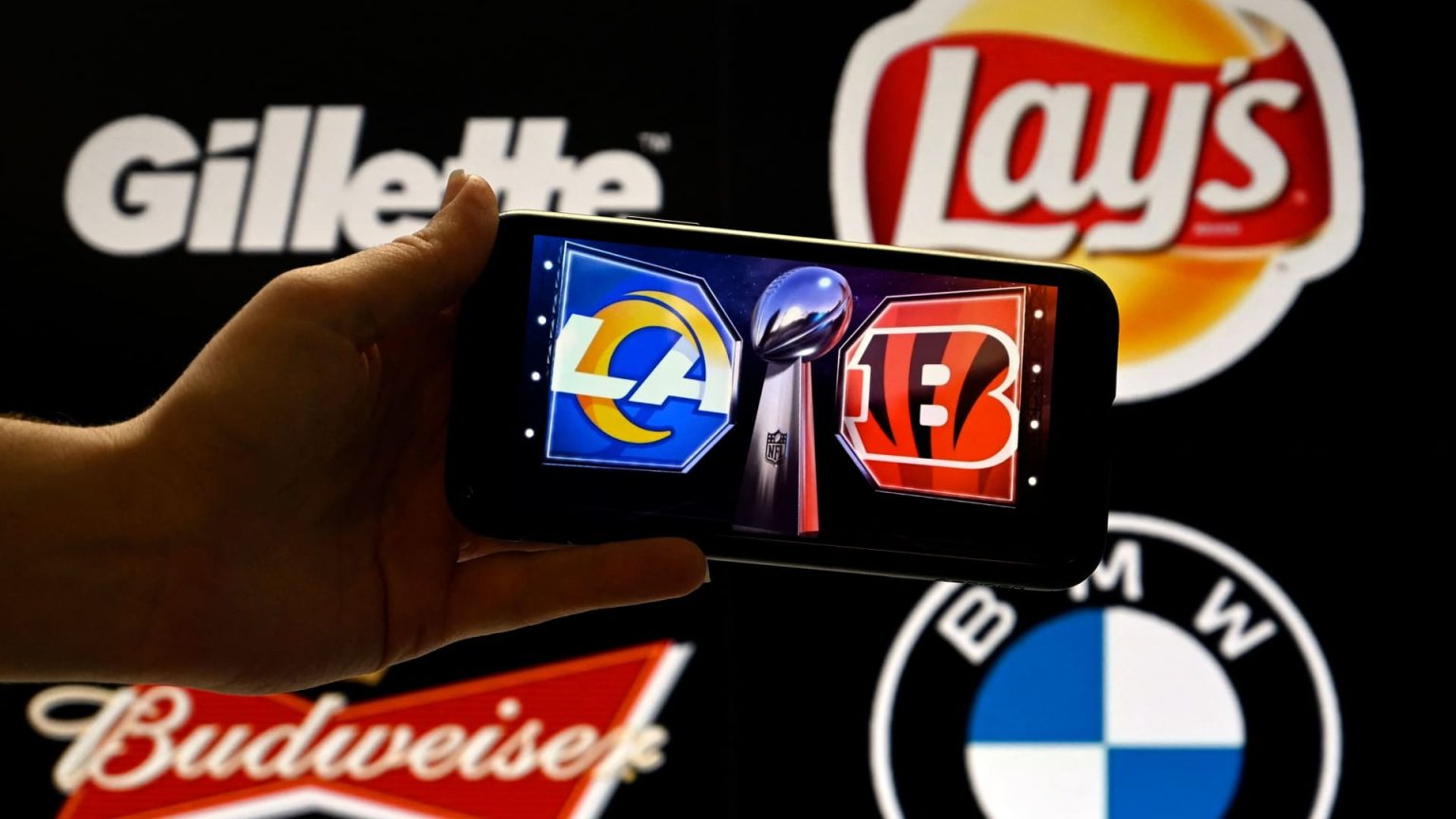Brands and advertisers are currently navigating a climate of uncertainty due to new tariffs imposed by the U.S. government. As businesses seek flexible contracts that allow them to pivot quickly in light of these economic changes, discussions between media companies and advertisers have become increasingly focused on lenient agreements. This situation is further complicated by inflation, unemployment challenges, and shifting consumer habits, creating a dynamic landscape for advertising strategies going forward.
| Article Subheadings |
|---|
| 1) The Impact of Tariffs on Advertising Budgets |
| 2) Shifts in Advertising Strategies |
| 3) The Role of Digital Media |
| 4) Navigating Economic Challenges |
| 5) Future Developments in Advertising |
The Impact of Tariffs on Advertising Budgets
As President Donald Trump announced the imposition of a minimum 10% tariff on all imports into the U.S., many brands and advertisers are bracing for the potential effects on their advertising budgets. The tariffs are set to affect numerous countries, including major importers like China and Vietnam. The uncertainty surrounding these tariffs has been coupled with a lack of clear communication from the White House, leading to heightened concerns among marketing leaders about the potential fallout on advertising spending. While the tariffs may specifically target import prices, the implications extend to the advertising market, with many brands anticipating reduced budgets and the necessity for greater flexibility in their spending maneuvers.
Shifts in Advertising Strategies
In the face of uncertainty caused by tariffs and other economic indicators, brands are pushing for more adaptable advertising agreements. Conversations between advertisers and media companies increasingly emphasize the importance of performance-based advertising models that permit swift adjustments to budgets and strategies.
“In this period of uncertainty, we’re seeing a significant shift toward more flexible, performance-based advertising models that allow brands to adjust spending quickly if conditions change,”
said Jonathan Gudai, CEO of Adomni. As companies navigate fluctuating market demands, these models allow for rapid reallocating of funds, enhancing responsiveness in a volatile economic environment.
The Role of Digital Media
The contemporary advertising landscape is becoming increasingly digitized. Brands are contemplating the reallocation of their advertising funds towards digital platforms, which have gained traction in recent years. Notably, programmatic advertising—where ads are bought through digital platforms using artificial intelligence—has risen significantly. This shift is partially due to the pandemic, which forced many businesses to reconsider their advertising strategies. Kate Scott-Dawkins, global president of business intelligence for GroupM, notes that traditional advertising mediums are contending with growing investments in digital and programmatic purchasing, as companies are now seeking to maximize returns while minimizing risks associated with tariff-driven costs.
Navigating Economic Challenges
The economic landscape for many brands is fraught with challenges beyond tariffs. Rising inflation rates and increasing unemployment have raised concerns about consumer spending and, consequently, advertising budgets. Scott-Dawkins mentions that the forecast for U.S. ad spending growth is likely to be revised downwards due to these cumulative impacts.
“From the rising inflation plus layoffs and unemployment plus the impact of tariffs, I think it will be all those things together that lead to a reduction in our expectations for the year,”
she stated. This broader economic context suggests that advertisers may need to rethink their strategies and approach to spending, particularly as they gear up for Upfront presentations where new ad strategies are unveiled.
Future Developments in Advertising
As media companies prepare for upcoming advertising events like the Upfronts, there is a general air of caution within the industry. Executives are becoming increasingly aware of the need to offer flexibility in advertising agreements while also reinforcing the advantages of maintaining marketing efforts during challenging economic times. Historically, consistent advertising can significantly bolster brand awareness, establishing lasting connections with consumers. There is emerging consensus that even amid uncertainty, it may be worth it for brands to uphold their advertising efforts, particularly if they lack alternative methods for consumer engagement. Experts suggest that purpose-driven marketing—where brands connect on a deeper level with consumers—may be a crucial tactic as advertisers aim to retain relevance during economic downturns.
| No. | Key Points |
|---|---|
| 1 | Brands are facing uncertainty due to new tariffs imposed by President Trump, leading to discussions for more flexible advertising agreements. |
| 2 | Performance-based advertising models are gaining traction as companies seek to adjust spending in response to economic conditions. |
| 3 | Digital advertising, including programmatic ad purchases, is becoming increasingly popular as brands pivot to more adaptable strategies. |
| 4 | Economic factors such as inflation and unemployment are influencing advertisers to curtail spending expectations for the year. |
| 5 | Experts recommend maintaining advertising efforts during downturns to establish stronger consumer relationships and brand loyalty. |
Summary
The evolving landscape of advertising is being significantly influenced by external economic pressures, such as tariffs and inflation. As businesses seek to respond to these challenges, the necessity for adaptable advertising strategies is becoming paramount. Brands that embrace flexible agreements and innovative marketing approaches may find themselves better positioned to navigate these uncertain times, fostering resilience that could ultimately lead to success even amidst adversity.
Frequently Asked Questions
Question: Why are brands seeking flexible advertising terms?
With new tariffs and economic uncertainties, brands require the ability to adjust their budgets and advertising strategies quickly to respond to changing market conditions.
Question: What role does digital media play in current advertising strategies?
Digital media, particularly programmatic advertising, allows brands to utilize technology for more targeted ad placements, maximizing return on investment amidst economic challenges.
Question: How can brands maintain consumer engagement during economic downturns?
Brands can maintain consumer engagement through consistent advertising efforts and by implementing purpose-driven marketing to build trust and loyalty with their audience.


